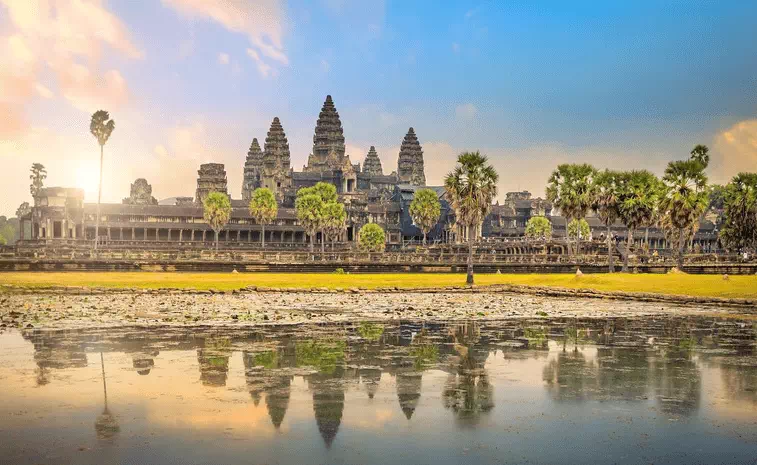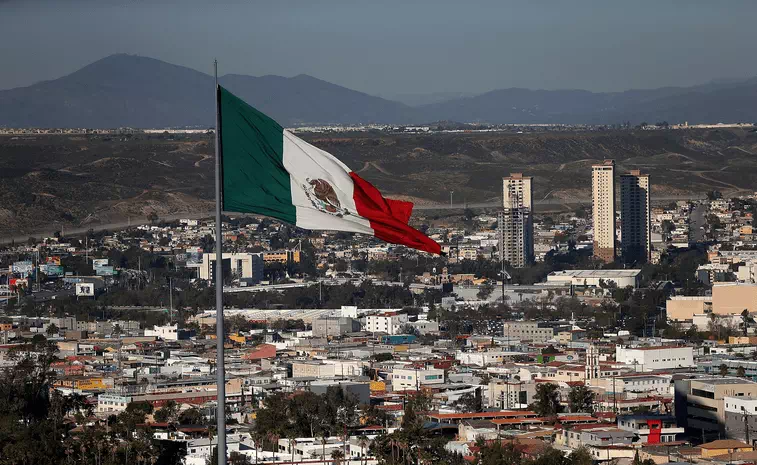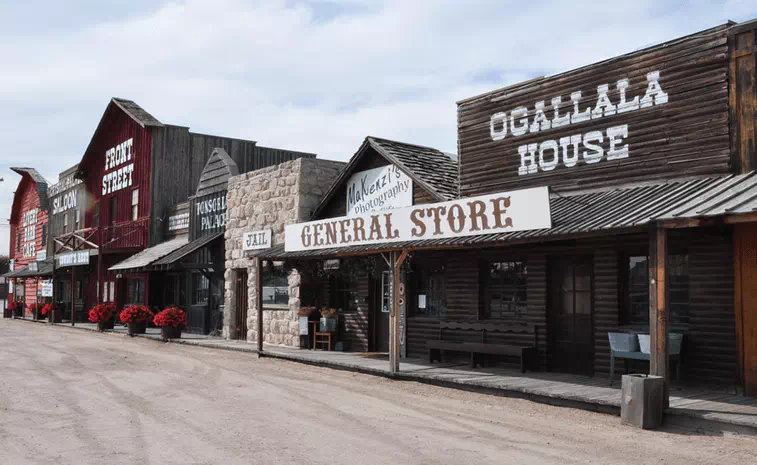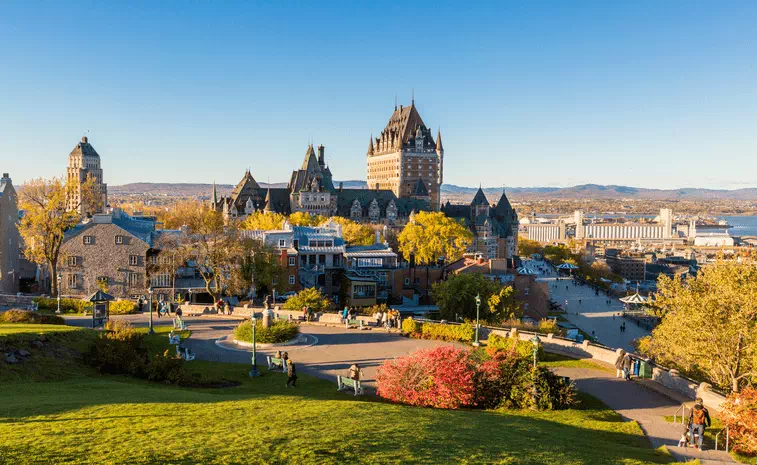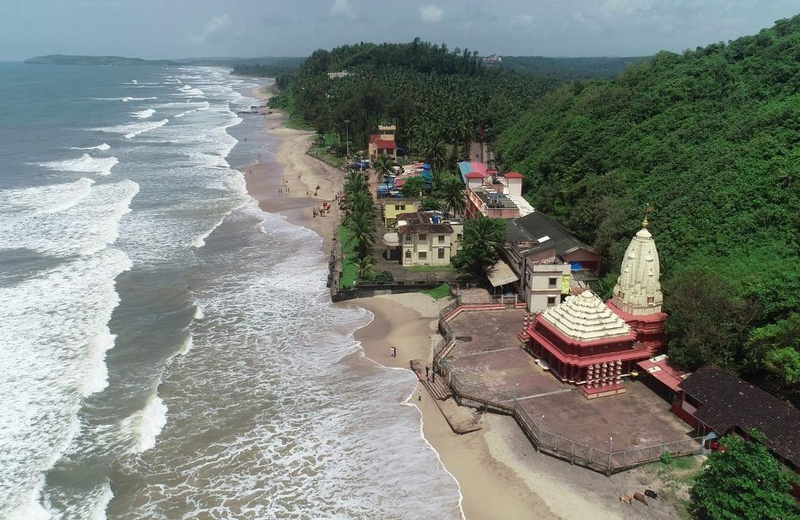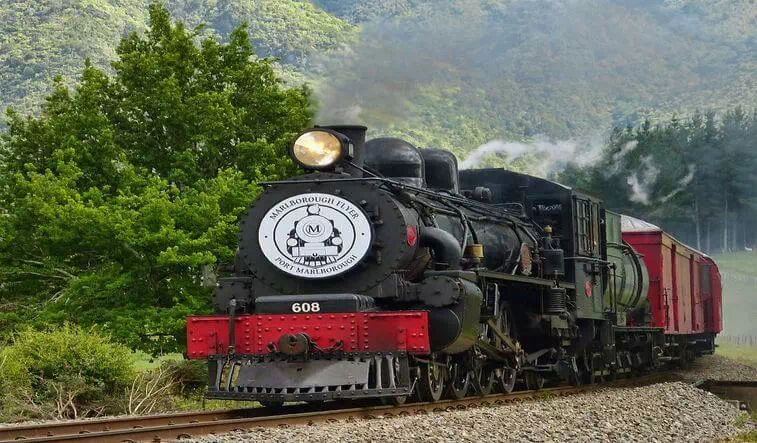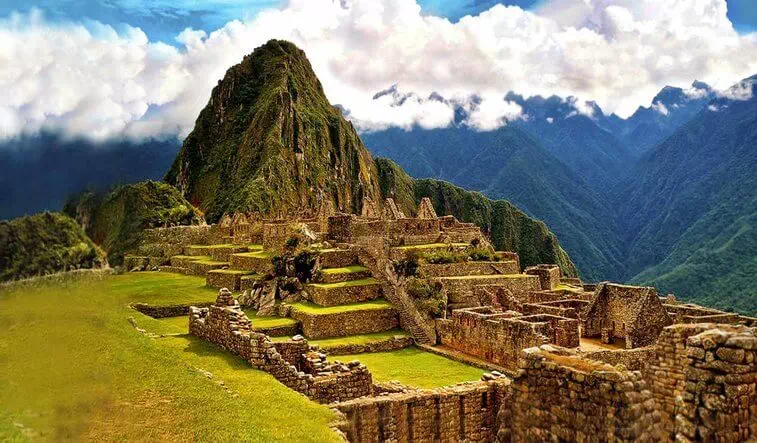Taiga Biome Interesting Facts
Taiga Biome
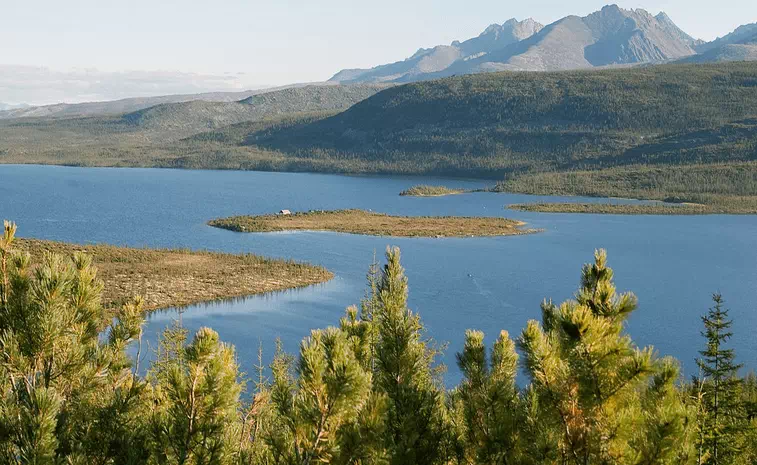
Today we are going to talk about What Is the Taiga biome. The Taiga biome is commonly referred to as the snow forest or boreal forest in North America. The Taiga forest is said to be the largest land biome in the world and is characterized by coniferous forests. The Taiga biome consists mostly of spruces, pines and larches. So let us gather a little more information about The Taiga biome.
In North America, the taiga forest covers most of inland Alaska, Canada, and parts of the northern part of the United States. The Taiga biome forest in Eurasia covers Finland, most of Sweden, from Karelia in the west to Russia in the Pacific Ocean, parts of the Scottish Highlands, many parts of Norway and Estonia, and some low-lying coastal areas of Iceland.
The dark coniferous forest is the most common type of forest found in this type of forest, including fir, spruce, pine and Siberian cedar trees. The Taiga biome covers 17% of the Earth's total land area, making this forest the largest biome on the planet. Taiga biome forests of North America are mostly found spruce. In the Russian Taiga biome forest there are pines, spruce and larch depending on their region.
Fauna And Flora
This type of forest consists of widely spaced trees as well as densely shaded forests. The Taiga biome supports relatively small diversity of animals due to the harshness of the forest climate. Canada's Taiga Forest contains 130 species of fish, 85 species of mammals and 32,000 species of insects. Many nesting birds depend on this type of forest for food during the summer months.
The species of Taiga biome forest include Alaska blackfish, longnose sucker, white sucker, northern pike, various species of cisco, lake whitefish, round whitefish, pygmy whitefish, arctic lamprey, various grayling species, brook. This type of forest has a structure of more than 300 species of birds. The Taiga Forest is home to more than 300 species of birds.
This type of forest consists of different regions. The Taiga biome forest also has some small-leaved deciduous trees including pine tree, birch, alder, willow and poplar. This type of timber forms pure forest stands and mixed forest stands and there are also shrubs such as honeysuckle, juniper, raisins, willow, blueberry and cranberry.
A large number of genus poplar trees grow in the southwest of the Taiga biome forest. Hemlock, sugar maple and oak trees are found east of the forest. Prince Edward Island in Canada's Taiga Forest is rich in resinous pine and red and black spruce.
Climate
The Taiga biome forests typically experience harsh and cold climates with the winter season lasting up to six months. This type of forest has a short growing season and a little rain which only happens in summer. The Taiga biome has very mild, short and humid summers in the forest for about 50 to 100 days. The soil of the Taiga biome forest is young and poor in nutrients. Temperate deciduous Taiga forests lack a deep, organically rich profile. Many plants are also planted in The Taiga biome forest.
The Taiga biome forests cover an area of 17 million square kilometers. The largest areas of the Taiga forest are located in Russia and Canada. The Taiga Forest in Sweden is associated with the Norrland terrain. The average temperature of The Taiga forest in July is around 10 to 13 degrees Celsius. This type of forest has a fairly cold winter with a stable snow cover and freezing temperatures below average.
Threats To Taiga Regions Of The World
Logging, mining and hydroelectric development are the largest industries in the entire The Taiga biome forest. Those industries are currently negatively affecting the Taiga forest. Biome Forests experience environmental hazards from human activities and in which deforestation has changed the flow habitat and flow pattern in hydroelectric development. Mining pollutes the lands and waters near the forests of Taiga and creates acid rain.
Most of the ling going in this region is done by clear cutting with heavy machinery and which removes most of the Taiga forest. Due to the soil and climatic conditions of this type of forest, it takes a very long time to regenerate mature forests. Recent climate change and wildfires are another major threat to the jungle.
The native animals and plants have adapted to the cooling temperatures facing the areas, and they will not be able to withstand the hot climate. This is because the native animals and plants have adapted to the cooling temperatures facing the areas so that the animals living there will not be able to withstand the hot climate.
People
Many areas of this type of forest are developed and hence there is limited space for high quality pasture and reindeer. Biome is a major producer of oil and gas, especially in the forests of western Siberia. In addition to meeting the commercial needs of the forestry industry today, the ecotourism sector is growing rapidly in all climatic areas of the biome forest.
The Taiga biome the most common jobs of the indigenous people of the forest are hunting, fishing, crafts and reindeer deer. For them the musk deer and reindeer are the most commonly hunted game and the sable is hunted for sable, fur, sable and squirrel.
Most of this forest is highly uncultivated and many large animals from The Taiga biome forest are susceptible to pollution, human presence and changes in their habitat. However some large cities exist in the southern biome forest like Moscow and Toronto and there are 18 indigenous communities in Taiga with a population of about 200. This type of forest species is often divided to migrate north for summer fishing.
Fire
The dominant fire regime in the Boreal Taiga forest is a high-intensity crown fire that often exceeds 10,000 hectares and sometimes more than 400,000 hectares. Such a fire kills the whole Taiga. The average 50-100 year old in the arid regions of Taiga in western Canada and Alaska is less than the fire circulation and humid climate of eastern Canada.





